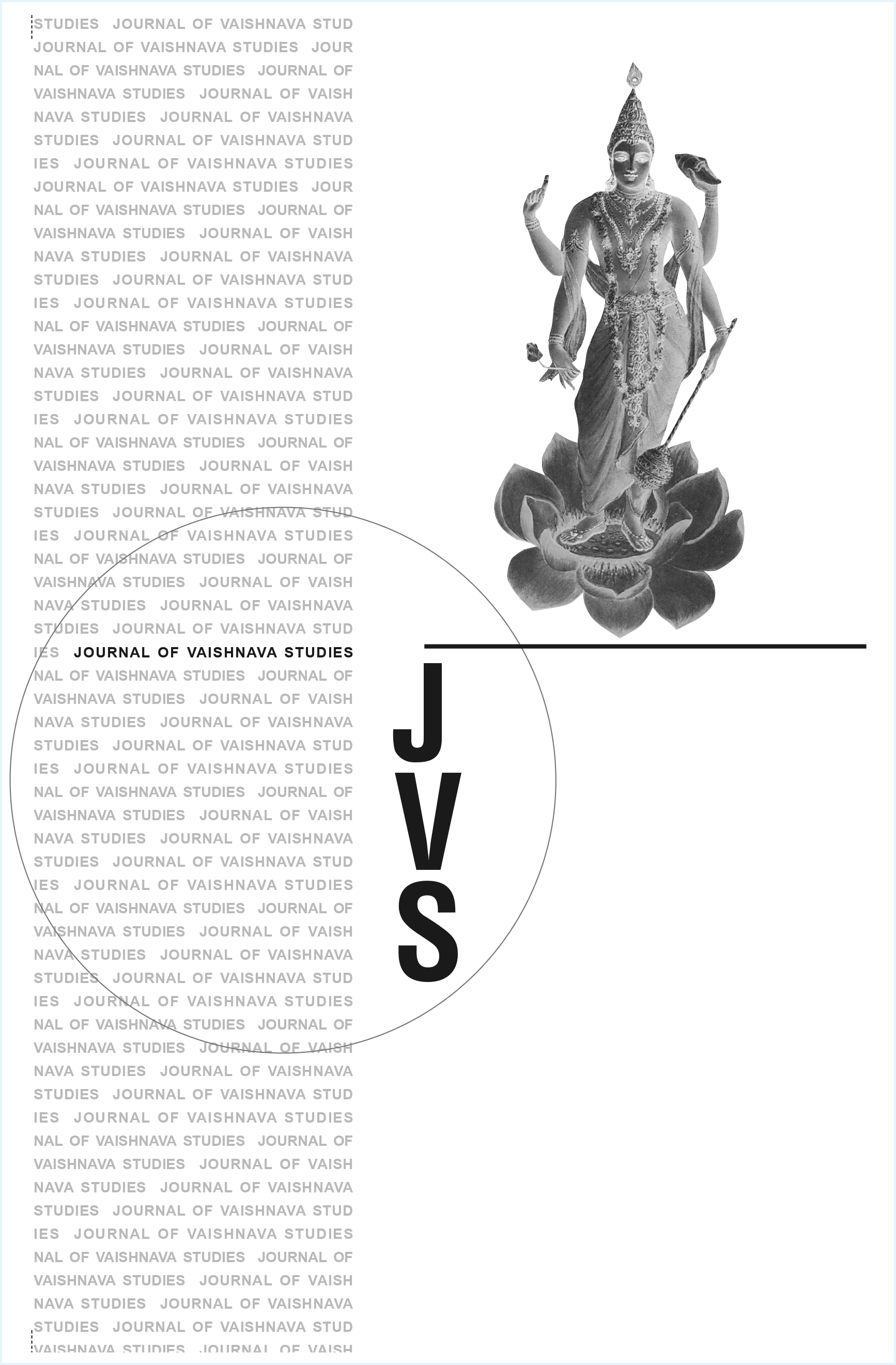Prabodhānanda, Hit Harivaṁśa, and the Rādhā-rasa-sudhā-nidhi
Keywords:
Prabodhananda Sarasvati, Hita Harivamsha, Radha-rasa-sudha-nidhi, Radhavallabha Sampradaya, Gaudilya Vaishnavas, Gopala Bhatta, Vaishnavism, Radha, Krishna, Swakiya, Parakiya, Nitya-vihara, Vipralambha, Caurasipada, Devotional literatureAbstract
The article "Prabodhānanda, Hit Harivaṁśa, and the Rādhā-rasa-sudhā-nidhi" by Jan K. Brzezinski investigates the authorship of the Radha-rasa-sudha-nidhi (RRSN), a significant Sanskrit devotional poem disputed between the followers of Hita Harivamsha, founder of the Radhavallabha Sampradaya, and the Gaudilya Vaishnavas, who attribute it to Prabodhananda Sarasvati. The article first provides a historical overview of Hita Harivamsha's life, emphasizing his miraculous initiation by Radha herself and his rejection of orthodox precepts, as evidenced by contemporary sources and his own writings like Sevaka-vani. The author then critically examines the Gaudilya claim that Harivamsha was a disciple of Gopala Bhatta, who in turn was a disciple of Prabodhananda. While some Gaudilya texts, like Prema-vilasa, assert this connection, Brzezinski dismisses it due to chronological inconsistencies and the Radha-ramana temple's own traditions. The article also compares the doctrinal differences between Harivamsha and Gopala Bhatta, specifically regarding Radha's primacy, the svakiya (married) versus parakiya (unmarried) status of Radha and Krishna, and the emphasis on nitya-vihara (eternal love-sports) versus vipralambha (love in separation). It concludes that while some differences exist, particularly in adherence to external rites (where Gopala Bhatta's HBV is more prescriptive), the theological positions are often more nuanced and less antagonistic than sectarian claims suggest. The article also discusses Hita Harivamsha's attributed works, particularly Caurasipada, analyzing its themes and noting ambiguities regarding Radha's status and the inclusion of Vraja lila elements, further complicating rigid sectarian distinctions.Published
1998-12-13
Issue
Section
Articles





